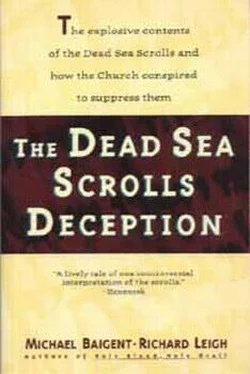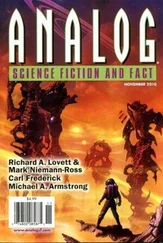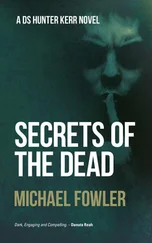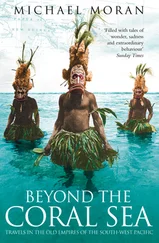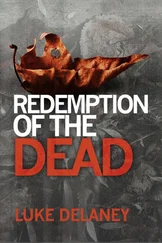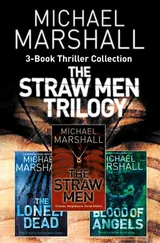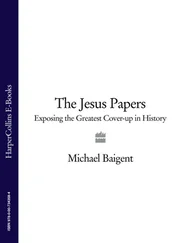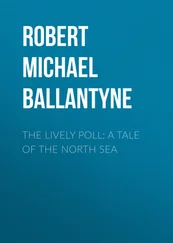In January 1989, Eisenman visited Amir Drori, the newly appointed director of the Israeli Department of Antiquities. Drori inadvertently reported to Eisenman that he was about to sign an agreement with the team’s new chief editor, John Strugnell. According to this agreement, the team’s monopoly would be retained. The previous deadline for publication, accepted by Father Benoit, Strugnell’s predecessor, was to be abrogated. All remaining Qumran material was to be published not by 1993, but by 1996. 26
Eisenman was naturally appalled. Attempts to dissuade Drori, however, proved futile. Eisenman left the meeting determined to employ a new and more drastic stratagem. The only means of bringing pressure to bear on both the international team and on the Department of Antiquities, and perhaps stop Drori from proceeding with the contract, would be Israel’s High Court of Justice, which dealt with miscarriages of justice and private appeals from individuals.
Eisenman explored the question with lawyers. Yes, they concluded, the High Court might be persuaded to intervene. In order for it to do so, however, Eisenman would have to present it with proof of a miscarriage of justice; he would have to show, preferably in writing, that access to the scrolls by a legitimate scholar had been refused. At the time, no such record existed — not, at least, in the legalistic sense the Court would require. Other scholars had, of course, been refused access to the scrolls; but some of them were dead, others were scattered across the world, and there was none of the required documentation. Strugnell would therefore have to be approached with a series of new requests for access to specific materials — which, as a foregone conclusion, he would refuse. Now that Eisenman had the catalogue numbers, his task would be easier.
Not wishing to make this request alone, Eisenman felt it would be more impressive if he enlisted the support of others. He approached Philip Davies of Sheffield, who agreed to support him in what both recognised would be only the first shot of a prolonged engagement fought through the Israeli High Court. On 16 March 1989, the two professors submitted a formal letter to John Strugnell. They requested access to certain original fragments, and photographs of fragments, found at the Qumran site designated Cave 4, and listed in the computer print-out which Eisenman had leaked into circulation. In order to preclude any misunderstanding, they cited the reference numbers assigned by the print-out to the photographic negatives. They also requested access to a number of scroll commentaries, or commentary fragments, related to the primary text. They offered to pay all costs involved and promised not to publish any definitive transcription or translation of the material, which would be used only in their own research. They promised, too, to abide by all the normal procedures of copyright law.
In their letter, Eisenman and Davies acknowledged the time and energy expended over the years by the international team — but, they said, they felt the team had ‘already been adequately compensated’ by enjoying such long and exclusive access to the Qumran material. They stated that thirty-five to forty years was long enough for other scholars to have waited for similar access, without which ‘we can no longer make meaningful progress in our endeavours’. The letter continued:
Surely your original commission was to publish these materials as quickly as possible for the benefit of the scholarly community as a whole, not to control them. It would have been different, perhaps, if you and your scholars had discovered these materials in the first place. But you did not; they were simply assigned to you…
…The situation as it now stands is abnormal in the extreme. Therefore, as mature scholars at the height of our powers and abilities, we feel it is an imposition upon us and a hardship to ask us to wait any longer for the research availability of and access to these materials forty years after their discovery. 27
Eisenman and Davies expected Strugnell to refuse their requests. Strugnell, however, did not bother to reply at all. On 2 May, therefore, Eisenman wrote to Amir Drori — who earlier that year had renewed the international team’s monopoly with the publication deadline of 1996. Eisenman enclosed a copy of the letter to Strugnell, mentioning that it had been posted to both of Strugnell’s addresses, at Harvard and in Jerusalem. Of Strugnell’s failure to reply, he wrote: ‘Frankly, we are tired of being treated contemptuously. This kind of cavalier treatment is not really a new phenomenon, but is part and parcel of the process that has been going on for 20-30 years or more…’ 28
Since Strugnell would not grant access to the Qumran material, Eisenman requested that Drori, exercising a higher authority, should do so. He then made two particularly important points. As long as the international team continued to control the Qumran texts, it would not be sufficient merely to speed up the publication schedule. Nothing short of free scholarly access would be satisfactory — to check the international team’s conclusions, to allow for variations in translation and interpretation, to discern connections the team themselves might perhaps have overlooked:
We cannot be sure… that they have exhausted all possible fragments in relation to a given document or that they are putting fragments together in proper sequence. Nor can we be sure if the inventories are in fact complete and that fragments may not have been lost, destroyed or overlooked in some manner or for some reason. Only the whole of the interested scholarly community working together can assure this. 29
The second point would appear, at least with hindsight, to be self-evident. The international team insisted on the importance of archaeology and palaeography. It was on the basis of their supposedly accurate archaeological and palaeographical studies, as Eisenman had explained, that dates for the Qumran texts had been posited — and accepted. Yet the texts themselves had been subject only to carbon-dating tests in use at around the time of the scrolls’ discovery — tests which were very clumsy and consumed much manuscript material. Lest too much text be lost, therefore, only some of the wrappings found in the jars had been tested. These confirmed a date of around the beginning of the Christian era. None of the texts had been tested by the more recent techniques of Carbon-14 dating, even though Carbon-14 dating had now been refined by the newer AMS (Accelerator Mass Spectroscopy) technique. Little material would now be lost in the process and greater accuracy could be achieved. Eisenman therefore suggested that Drori exercise his authority and perform new, up-to-date tests. He also recommended that outsiders be brought into the process to keep it fair. He concluded his letter with a passionate appeal: ‘Please act to release these materials to interested scholars who need them to proceed with professional research without prejudice and without distinction immediately.’ 30
No doubt prompted by Drori, Strugnell, in Jerusalem at the time, at last replied on 15 May. Despite the fact that Eisenman’s letter to him had been posted to his address at both Harvard and Jerusalem, he blamed the delay on its having been sent to ‘the wrong country’. 31
According to BAR, ‘ Strugnell’s imperious reply to Eisenman’s request for access displays extraordinary intellectual hauteur and academic condescension.’ 32In it, he declares himself ‘puzzled’ as to why Eisenman and Davies showed their letter to ‘half the Who’s Who of Israel’. He accuses them of not having followed ‘acceptable norms’ and refers to them as ‘lotus-eaters’, which, in Strugnell’s Mandarin, presumably denotes Californians, though why this term should apply to Philip Davies at Sheffield is an open question. Strugnell contrives not just to deny Eisenman’s and Davies’s request for access, but also to dodge each of the salient points they had raised. He advises them to take as their example the way ‘such requests have been handled in the past’ and go through established channels — ignoring the fact that all such requests ‘in the past’ had been denied. He also complains that the print-out Eisenman and Davies had used to cite reference numbers of photographic negatives was old and out of date. He neglects to mention that this print-out, not to mention any new one, had been unavailable to non-members of the international team until Eisenman put it into circulation. 33
Читать дальше
